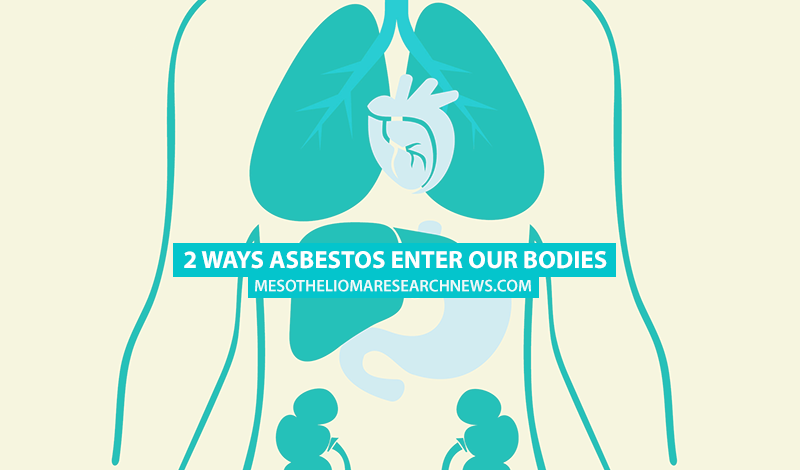We know that mesothelioma is a cancer primarily caused by exposure to asbestos. There are two main ways for asbestos to enter our bodies: inhaling or swallowing the fibers. But how does it happen?
Find out five ways you could be at risk of asbestos exposure.
1. Inhaling Asbestos
Anyone who works in the construction industry is at risk of inhaling asbestos, particularly if they are involved in demolishing old buildings that are more likely to contain asbestos. Other industries where working with asbestos may still be common is shipbuilding, manufacturing insulating materials, and — of course — asbestos mining.
While strict safety rules regarding asbestos now exist in the developed world, it wasn’t always the case. Workers would often go home with asbestos fibers on their clothes which could then be inhaled by family members.
In addition, asbestos starts to break down after many years which means that very old buildings can release the fibers into the atmosphere. People near or in the building are more at risk – especially those who clean them.
2. Swallowing Asbestos
Swallowing asbestos happens in two ways.
First, drinking water and food can be contaminated by asbestos. Water that flows through old asbestos cement pipes, food that is stored in old building that shed asbestos fibers, or by the breakdown of asbestos fibers in building materials that enter the sewer systems after rainfall.
The second way to swallow asbestos begins by inhaling the fibers, followed by coughing, and then swallowing the fibers caught in mouth’s saliva.
Read how the toxicity of asbestos fibers depends on the way they were made. Find out more here.
Mesothelioma Research News is strictly a news and information website about the disease. It does not provide medical advice, diagnosis or treatment. This content is not intended to be a substitute for professional medical advice, diagnosis, or treatment. Always seek the advice of your physician or another qualified health provider with any questions you may have regarding a medical condition. Never disregard professional medical advice or delay in seeking it because of something you have read on this website.


